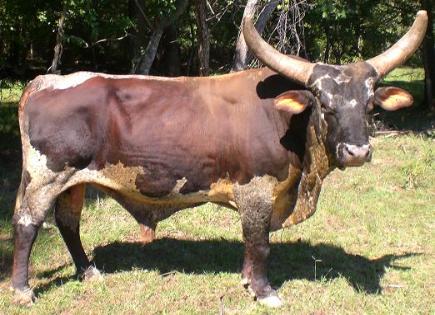by Terry Lidral

The bucking stock industry is a seductive business. Those powerful, athletic animals have a way of captivating us with their regal poise and attitude of superiority. How many of us have stood just watching them, mesmerized by their magnificence?
But those magnificent animals come with a price, and not a small one either. Taking into account just the nutritional, veterinarian, housing and transportation costs, we’re talking a consistent outpouring of cash. Add a breeding program on top of that and you’ve got a substantial amount of money tied up in your bucking stock business. Then, if you want to play with your bulls and broncs, there’s a wide range of expenditures from entry fees, training fees, partnership agreements and the costs of maintaining competition bulls and broncs.

The one thing none of us wants is to get into the business, run out of cash and monetary options and be forced to get out of the industry we have a desire to be a part of. It’s always good to step back and evaluate what kind of a program you want to build, what part of the business you want to be in and exactly what is the maximum budget for outlay that your program can withstand.

It’s easy to get drawn in to the legendary names and premiere sires of the big money, high profile bucking stock programs. And, for some of us, buying top choice cattle/broncs and purchasing expensive straws are a feasible part of our program’s development plan. But for many of us, it may be impossible to pay premiere prices and stay in business.
Not to be down-hearted. There’s a great variety of quality choices available in the bucking stock industry at all levels and all categories (breeding programs, futurity bulls, classic bulls, competition broncs, training programs…). Many a top-notch program has been built on third and fourth generation genetics. Bushwacker, fourth generation Jackie Ratjen’s Original J.R., is proof that fourth generation genetics work.
And it’s important to remember that there is no guarantee in the bucking stock business. Going back to Jackie Ratjen, he calls his breeding program an “experiment.” That’s part of the fun for him, to put certain genetics together and see what he gets. Ratjen’s experiments have helped him develop one of the most respected breeding programs in the industry. But not every experiment was a success. It was his determination, planning and long-term commitment that was the key to his high level of achievement. He was able to make it through the difficult spots and move forward.

The breeding game can be a maze of opportunities with a wide range of price tags. Embryos, straws, AI’ing, collection services… The sky’s the limit in possibilities and expenditure. Some of the better breeding programs out there still use the old-fashioned, low-cost process of putting the bull or stud in with the females. Bull and stud swapping is a time-honored means of out crossing and putting diversified genetics into a program. Making sure to work with a partner who ensures healthy sires, (see article on Trichomoniasis – cattle STD’s at buckingstocktalk.com), this can be a very cost-effective way of improving and growing your program.
Common sense goes a long way in keeping folks in the bucking stock industry. It’s a great business, but it also presents the temptation to go beyond your capabilities which can lead to an unwanted exit. It’s a good idea to develop a plan and a budget before you jump in. And it’s never a bad idea to periodically evaluate where you’re going and how you’re going to get there.


